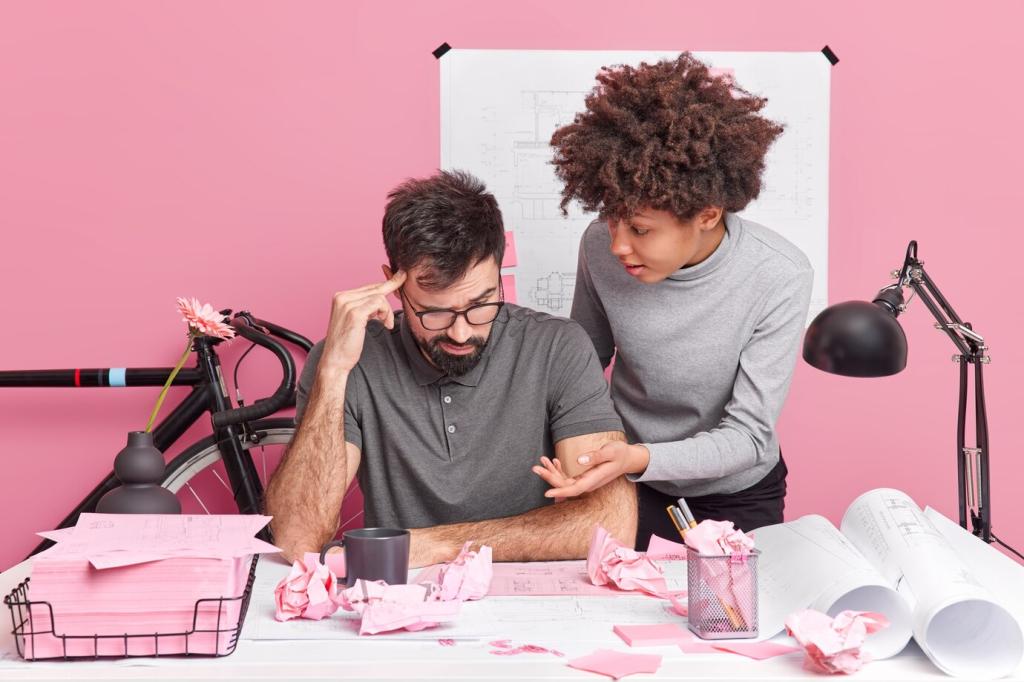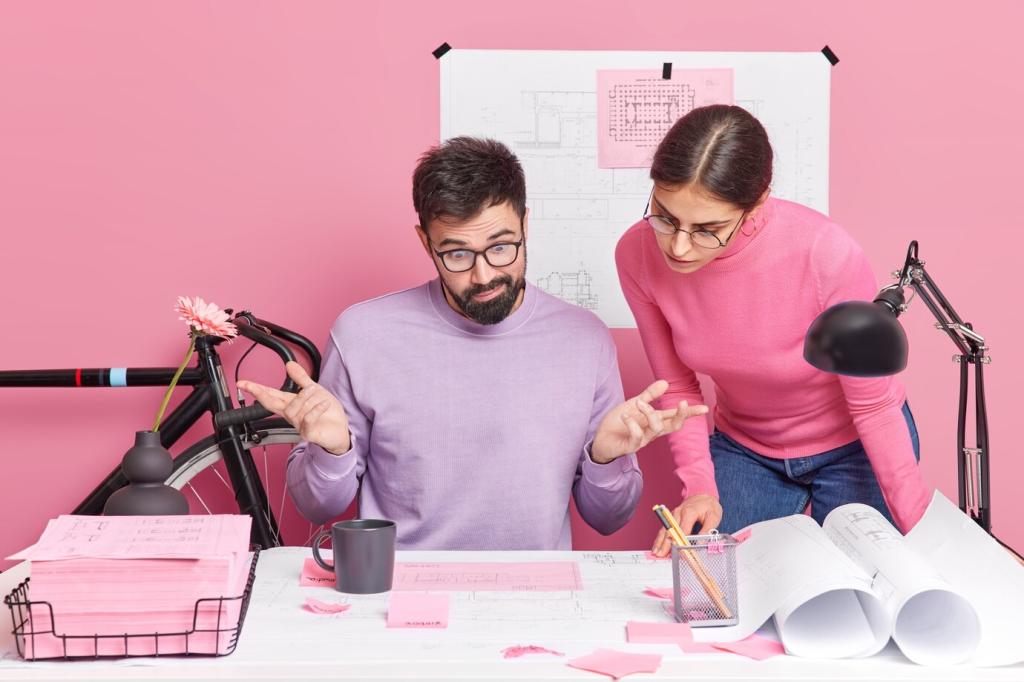Texture and Finish: The Silent Harmonizers
Matte hides imperfections and calms bold hues; eggshell offers subtle sheen for living areas; satin is wipeable for kitchens. Which finish dominates your home, and why? Share your maintenance tips too.
Texture and Finish: The Silent Harmonizers
Textured walls introduce movement that flat paint can’t. Limewash clouds, plaster whispers, and microcement grounds industrial decor. Would you try texture on a single accent wall? Tell us your dream finish.





